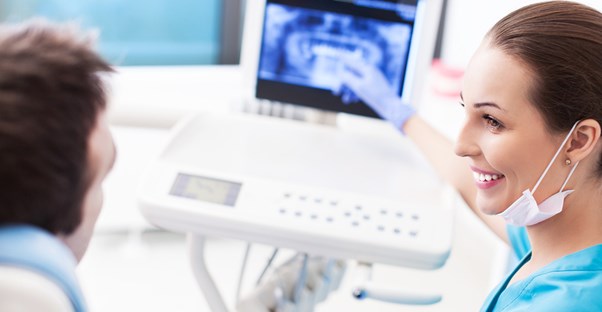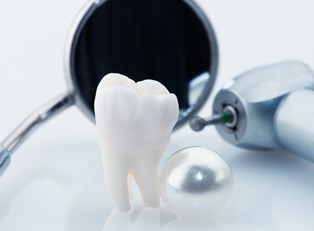Most people are at least vaguely familiar with wisdom teeth—they can be the cause of a lot of pain and typically need to be removed at some point during the teenage years. However, beyond this, many don’t know much at all about them or the role they play in oral health (or the lack thereof).
Here is a look at seven key terms that will help expand your knowledge of wisdom teeth, how they develop, and how they must be addressed. Whether yours are currently giving you trouble or you’ve got a removal surgery coming up soon, these terms will provide you with a good general overview of dealing with wisdom teeth.
- Molars: Molars are the teeth that emerge near the back of the mouth. In humans, molars are used primarily for chewing and grinding food. There are three sets of molars that develop over a person’s lifetime, and wisdom teeth comprise the third and final set. They normally emerge during adolescence or young adulthood.
- Dental extraction: Dental extraction is the surgical process by which a dentist removes a person’s wisdom teeth. The process begins by opening up the gum line and severing the roots that connect the teeth to the jawbone. Once they’re finally extracted, the dentist will finish the procedure by stitching up the gums.
- Dental impaction: Dental impaction is a condition in which a wisdom tooth does not properly emerge from the gum line. This is most commonly occurs when a person’s jaw is not large enough to accommodate all of his or her teeth. Impaction can lead to a wisdom tooth growing at awkward angles, and this can cause pressure and pain on the other teeth in the mouth.
- Dental X-ray: Dental X-rays are used to give dentists a more complete visual picture of a patient’s oral health. These X-rays often play an important role in the detection of impacted wisdom teeth. To perform a screening like this, dentists will normally use a periapical X-ray, which allows them to view the teeth from the top of the crowns all the way down to the location where they connect with the jawbone. Even if the wisdom teeth have not fully developed yet, dentists can still make fairly accurate predictions as to whether or not they will become impacted or continue to grow normally.
- Local anesthesia: Local anesthesia is the process of numbing a particular part of the body in preparation for a surgical procedure. Before a dentist removes a person’s wisdom teeth, he or she will apply local anesthesia to the gum line in with a series of injections. This process is contrasted with general anesthesia, which numbs the entire body and induces unconsciousness. While general anesthesia is sometimes used during wisdom teeth removal, it is not as common as local.
- Periodontitis: Periodontitis is a dental condition that causes the gums to become inflamed, and patients with impacted wisdom teeth are at risk for this disease. When these teeth don’t properly emerge, they can create gum flaps, in which particles of food can become trapped. This creates a breeding ground for peridontitis-causing bacteria. Symptoms of this condition include bleeding, gum soreness, and in extreme cases, tooth loss.
- Vestigial: Vestigial is a term that refers to an organ or body part that has persisted through human evolution but no longer serves any vital function. Humanity’s ancestors once used wisdom teeth to help grind fibrous raw plant material, but as humans transitioned onto a diet of softer foods, these teeth were no longer necessary, and therefore became vestigial.




